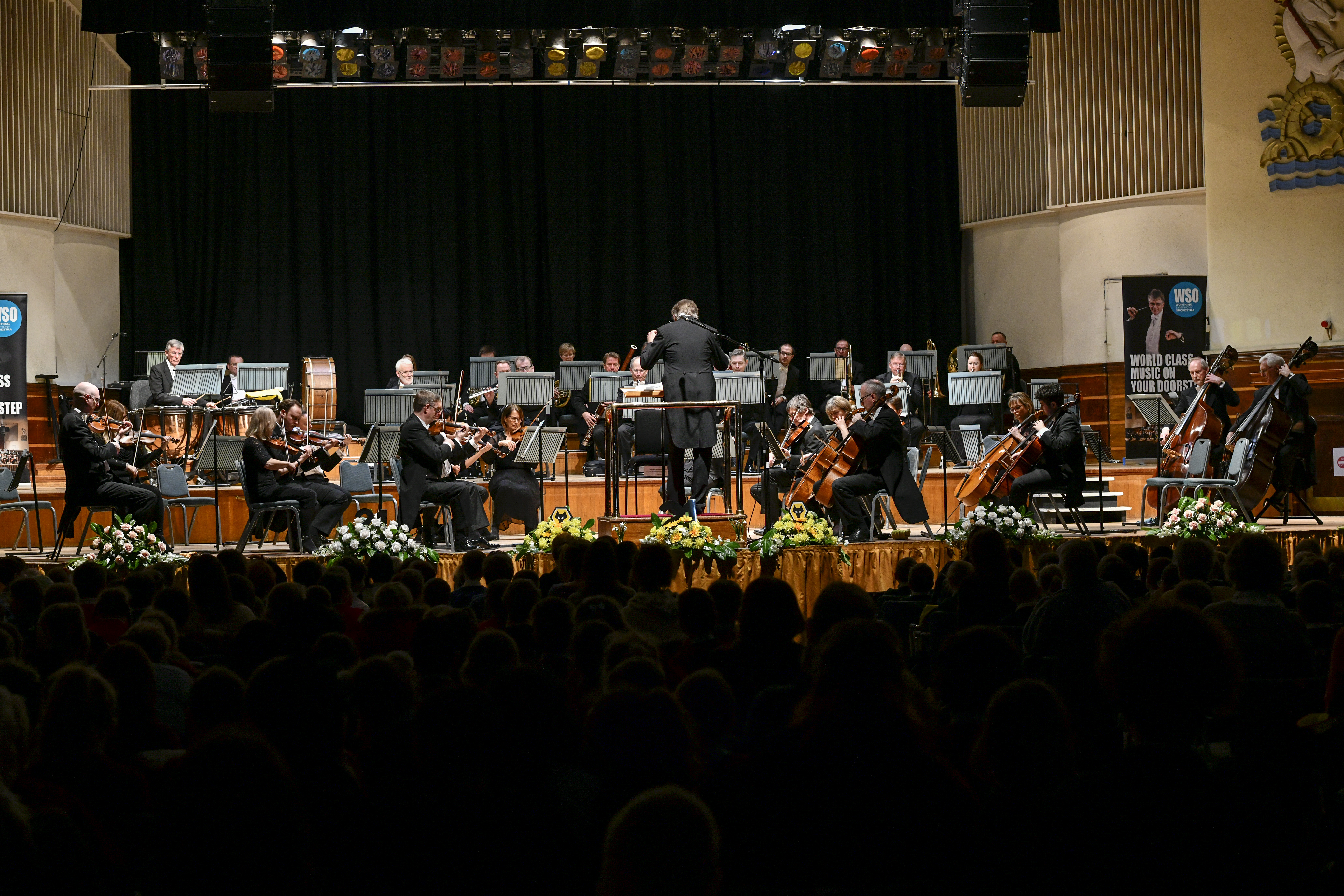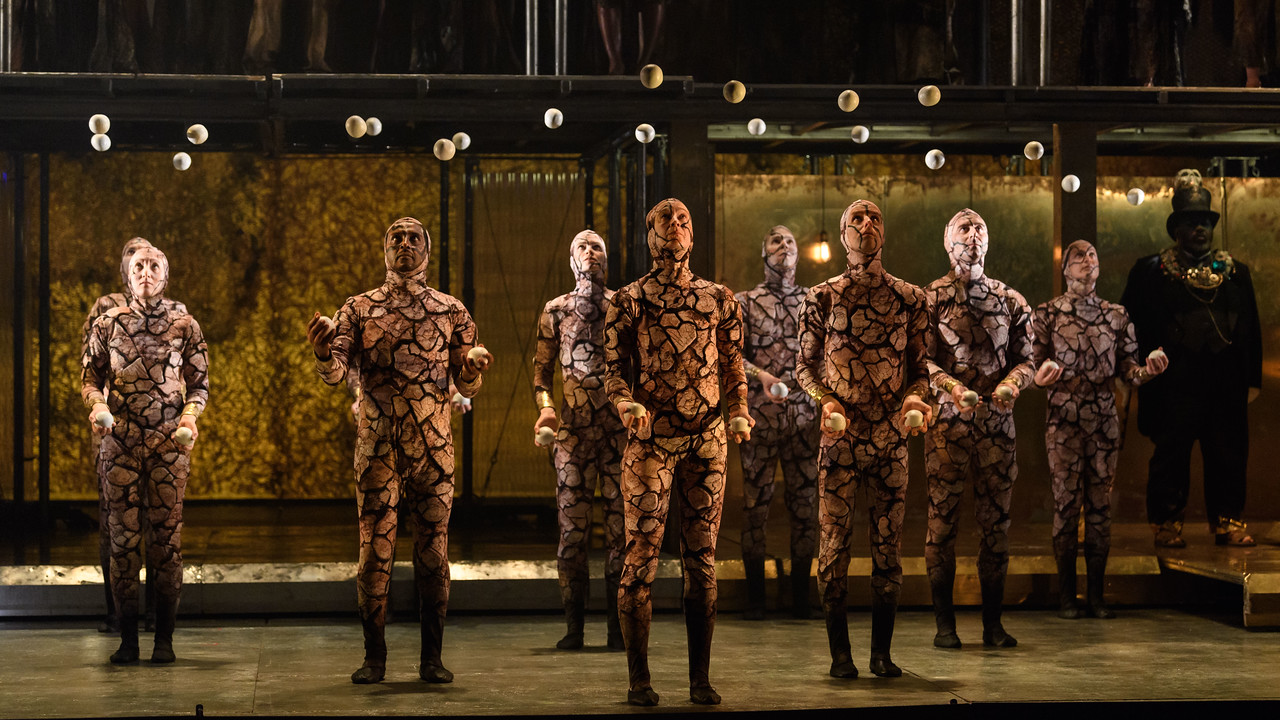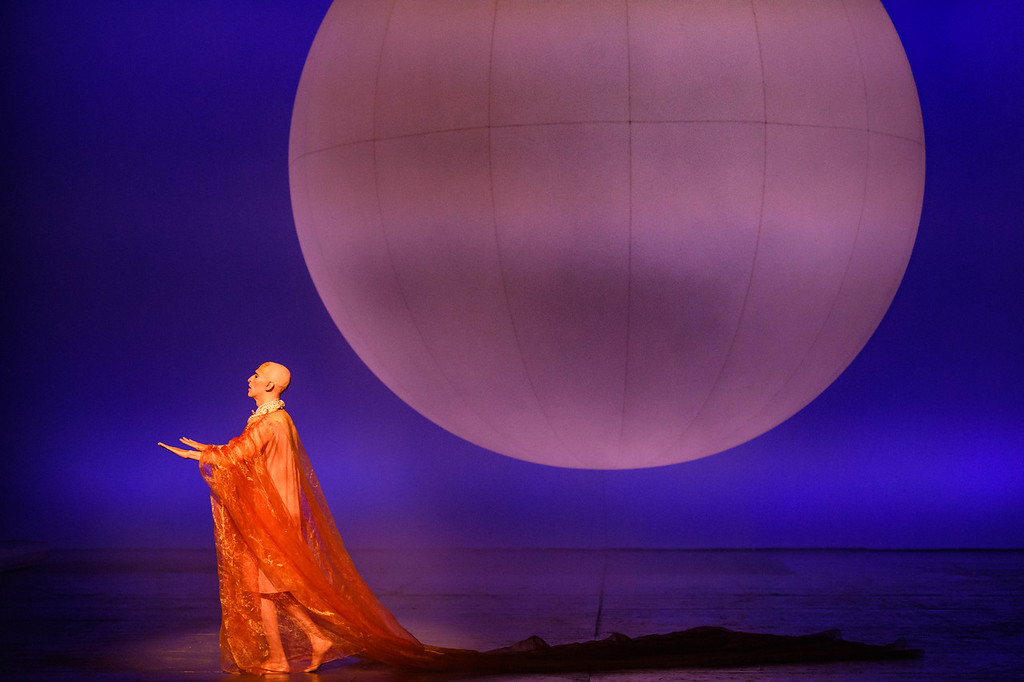CHILDREN from 10 primary schools and other being taught at home were hit for six in The Assembly Hall last week. Totalling nearly 800 including their teachers, they were bowled over by Worthing Symphony Orchestra and conductor John Gibbons.
Free of charge as usual, the 40-piece orchestra invited them for this fourth such new concert in the three years they have been established. The object? As composer Edward Elgar would have put it: to “knock ‘em flat” with their first experience of the sound of a live professional symphony orchestra.
And Elgar helped them, with three of his Enigma Variations about his friends – one a woman, Ysobel, whom Elgar was teaching to play the viola. Another about a blustering heavy-handed man he was teaching to play the piano. The other about an organist’s bulldog, Dan, jumping into the river to retrieve a stick and shaking himself dry on bank afterwards and barking in triumph.
The children, organised by music teaching and instruments hub, West Sussex Music, were welcomed into WSO’s huge den by Rosie Secker, who got the hundreds singing together. Then the orchestra, in formal evening dress, took the stage, and sprang straight out of trap, tambourine rattling, with the Cossack Dance from Tchaikovsky’s ballet The Nutcracker.
Gibbons, now 21 years the WSO artistic director and conductor, introduced the music. He smuggled a tuba and three sliding trombones into his own jokey arrangement of the famous movement of Haydn’s Surprise Symphony. William Alwyn got the WSO Scottish Dancing, then Dvorak took the children onto the night time of his New World.
The Suffolk Morris dancers of Doreen Carwithen got them going again. Sussex composer Paul Lewis suddenly had them trembling to his Abject Terror sequence from Spongebob Squarepants. Then Gibbons trained them to clap soft then loud to Strauss’s Radetsky March.
If there had been room to dance, a Highland Festival –cum-celidh-cum-military parade would surely have broken out among the children and teachers. But the dance floor lay beneath the seating so instead everyone sat, many children absorbed or transfixed, others semi- disbelieving, others jubilant and revelling at the fun and wonder of their experience.
All led up to a seriously exciting finish in which the WSO – the children now ready for anything – blazed, crashed and eventually strutted out the finale of Tchaikovsky’s Fifth Symphony.
John Gibbons said: “It was thrilling to see a sea of enthusiastic young faces at the WSO Schools Concert on Thursday morning.
“It always brings joy to me and the orchestra to watch their excited reactions to each piece that we play for them – from the power of Tchaikovsky’s Fifth, the subtle surprises in the Haydn and the beauty of the cor anglais in Dvorak’s Ninth Symphony.
“I was also pleased to meet a group of Home Educated children and their parents who had obviously got an enormous amount out of the concert.”
Cumbrian saxophonist Jess Gillam, a musical celebrity at 20, who has twice soloed with WSO, wrote to The Guardian this week. School music cuts, she warns, threaten fundamental life-giving creativity, understanding and enjoyment.
These occasional WSO concerts – this one the first for a year – constitute an educational oasis for so many school children. And what about the other thousands for whom there is no room in the hall?
Richard Amey



